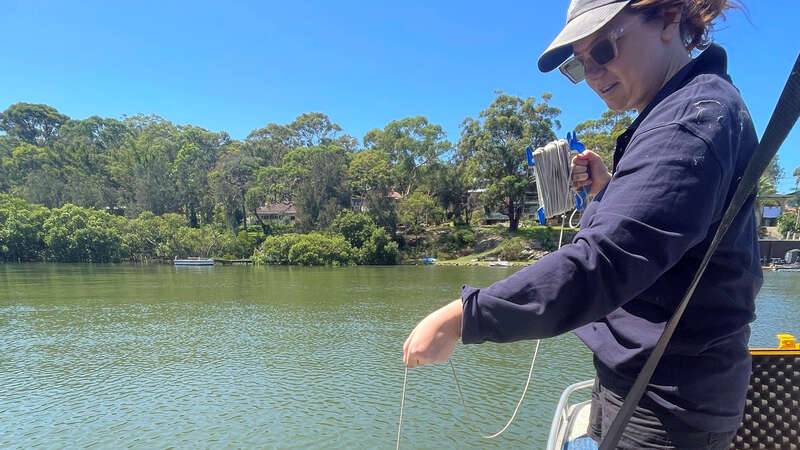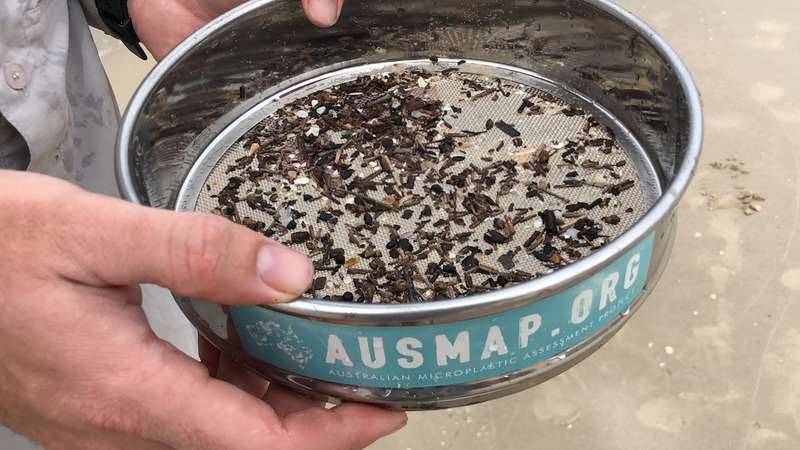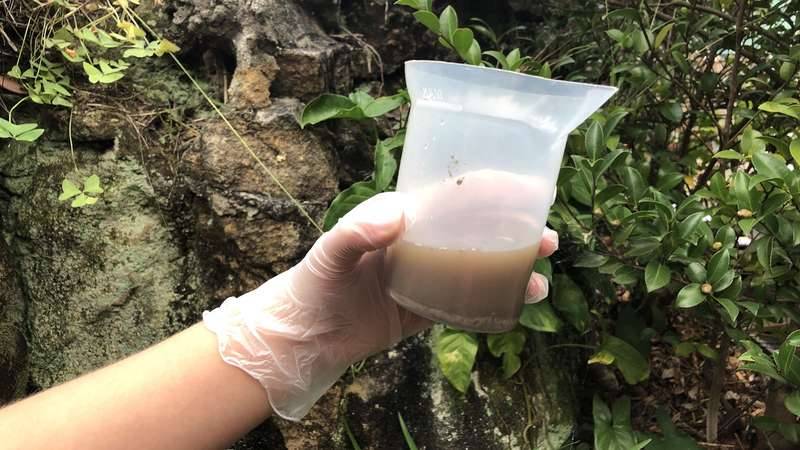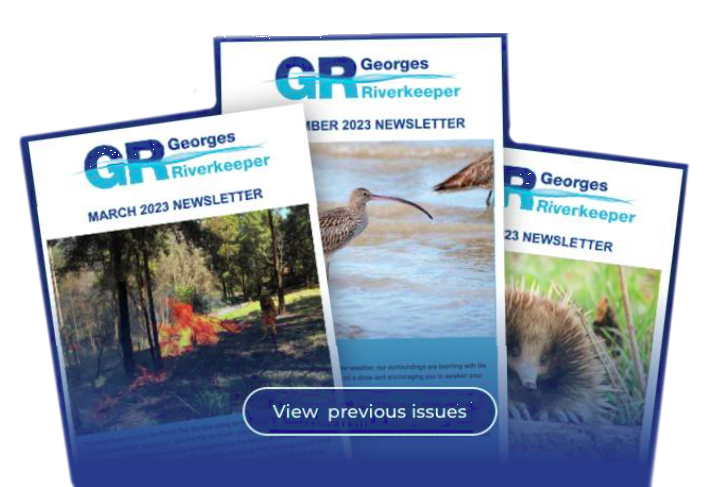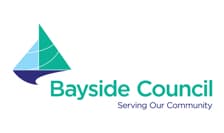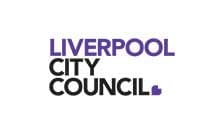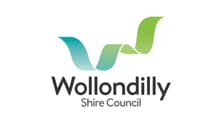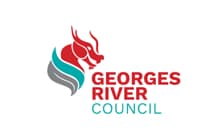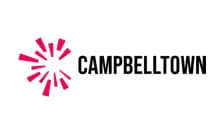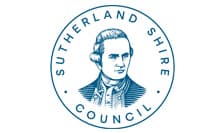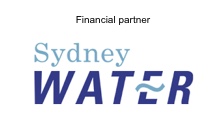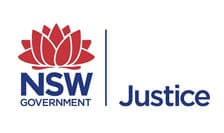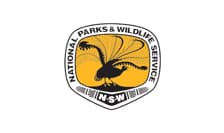Georges Riverkeeper conducts estuary monitoring biennially during the warmer months, encompassing a comprehensive sampling regime spanning 17 key sites along the Georges River estuary. From shallow bays to the estuary mouth and up to Liverpool Weir, our efforts capture a broad range of estuarine ecosystems. Starting in November 2023, we have been out sampling every month, and have concluded the activity in March 2024.
These tiny plastics are a huge problem
Microplastics are a huge problem for our waterways. They have
Pesticide Detectives on the Georges River
Georges Riverkeeper recently collected sediment samples from streams across the
Waterbugs help to determine river health
Georges Riverkeeper's River Health monitoring of freshwater sites not only
Water quality monitoring, April 2020 update
Georges Riverkeeper recently completed fieldwork to inform River Health grading
HEALTH ALERT | Please take extra precautions to protect yourself against mosquito bites
The NSW Arbovirus Surveillance and Mosquito Monitoring Program recently detected
New paper examines rise and fall of Oyster populations in the Georges River
The COVID-19 pandemic is having a major affect upon all
COVID-19 pauses Oyster Creek Gully Bushcare
After recent rain, Oyster Creek Gully in Sutherland Shire is
Simmos Beach progress: Shopping trolleys excavated and Bushcare suspended
Over 30 shopping trolleys have been removed in just a
Latest from Facebook
Like PageSubscribe to our newsletter
Members


